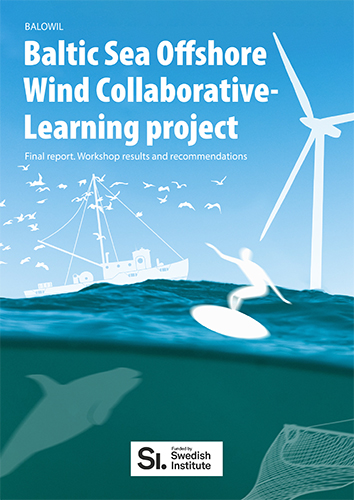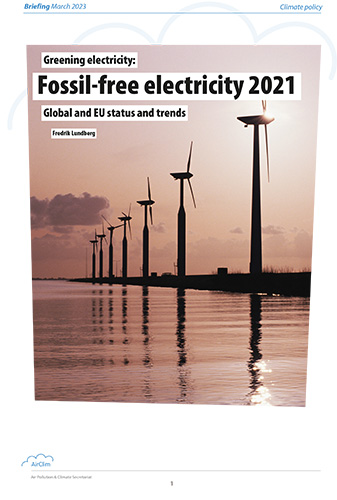

The new standards could save more than 20,000 lives every year by reducing pollution from coal-fired power plants alone.Photo: Flickr.com / Hans-Jörg von Schroeter cc by nd
Tighter emission limits for EU power plants
Large combustion plants will have to meet new mandatory standards for the release of toxic air pollutants under the EU’s Industrial Emissions Directive from 2021.
On 28 April a qualified majority of member states agreed on new air pollution standards that will require EU countries to apply new tighter emission limits for sulphur dioxide (SO2), nitrogen oxides (NOx) and particulate matter (PM) to all existing large combustion plants (LCP) in the EU, including all large coal-fired power plants. Emission limits for mercury have also been introduced for the first time.
The new standards, which are set out in a reference document for best available techniques (BREF) under the 2010 Industrial Emissions Directive (IED), will have to be complied with by 2021.
As updated versions of BREF documents should be published no later than eight years after the previous version, and the latest one was published in 2006, this document is in effect three years behind schedule. Talks to revise the LCP BREF started in 2011, and the European Environmental Bureau (EEB) has been actively engaged in the six years of negotiations leading to this new BREF document. According to the EEB, the three-year delay has led to excess air pollutant emissions causing more than 55,000 premature deaths and €150bn in associated health costs.
Environment groups welcomed the decision, which will significantly reduce toxic emissions from EU’s dirtiest power plants. The new standards, which could save more than 20,000 lives every year by reducing pollution from coal-fired power plants alone, were narrowly voted through despite opposition from an “unholy alliance” of eight countries including Germany, Poland, the Czech Republic, Bulgaria, Finland, Hungary, Slovakia, and Romania.
Large coal-fired power plants in the EU produce one-quarter of all the electricity generated in the EU but are responsible for more than 70 per cent of the EU’s sulphur dioxide emissions and more than 40 per cent of nitrogen oxide emissions from the industry sector.
EEB’s policy manager Christian Schaible said: “This is finally some good news on tackling air pollution. Tried-and-tested techniques exist to filter out or reduce harmful fumes yet the decision as to whether to use them is too often left to plant operators, who simply do whatever is cheapest. Today’s decision will now ensure that the dirtiest plants either clean up or close down.”
“We call on EU leaders to continually tighten these air pollution standards over time in order to protect our health and our environment,” said Darek Urbaniak at WWF Europe. “It is about time Europe quits its dirty coal addiction for good and invests in energy efficiency and renewables instead.”
The European Power Plant Suppliers Association (EPPSA) also welcomed the decision, stating that “EPPSA believes that for most of the existing large combustion plants, the implementation of the conclusions are economically and technically feasible through the state-of-the-art technologies.”
More than 125,000 citizens who signed a petition calling on the EU’s health and environment ministers to clean up toxic air in Europe, will also welcome the decision on stricter emission standards.
The LCP BREF will be formally adopted and published after it has been cleared by the European Parliament and the EU Council.
Christer Ågren
More information:
1. ‘Lifting Europe’s Dark Cloud – How cutting coal saves lives’. Report by EEB, CAN-Europe, HEAL, Sandbag, and WWF. http://env-health.org/IMG/pdf/_lifting_europe_s_dark_cloud_-_final_repor...
2. ‘LCP BREF Q&A’. https://docs.google.com/document/d/1cZW_UXBAodf0QSP9ovkg_V2Z852IHGNm5qGO...
3. ‘Clean up Europe’s toxic air’. NGO petition to EU Health and Environment Ministers: https://act.wemove.eu/campaigns/clean-up-air-pollution
4. The EEB’s ‘Death ticker’ shows a live figure for the cost of inaction on toxic coal pollution. http://www.eeb.org/index.cfm/death-ticker/

 Download this issue
Download this issue























